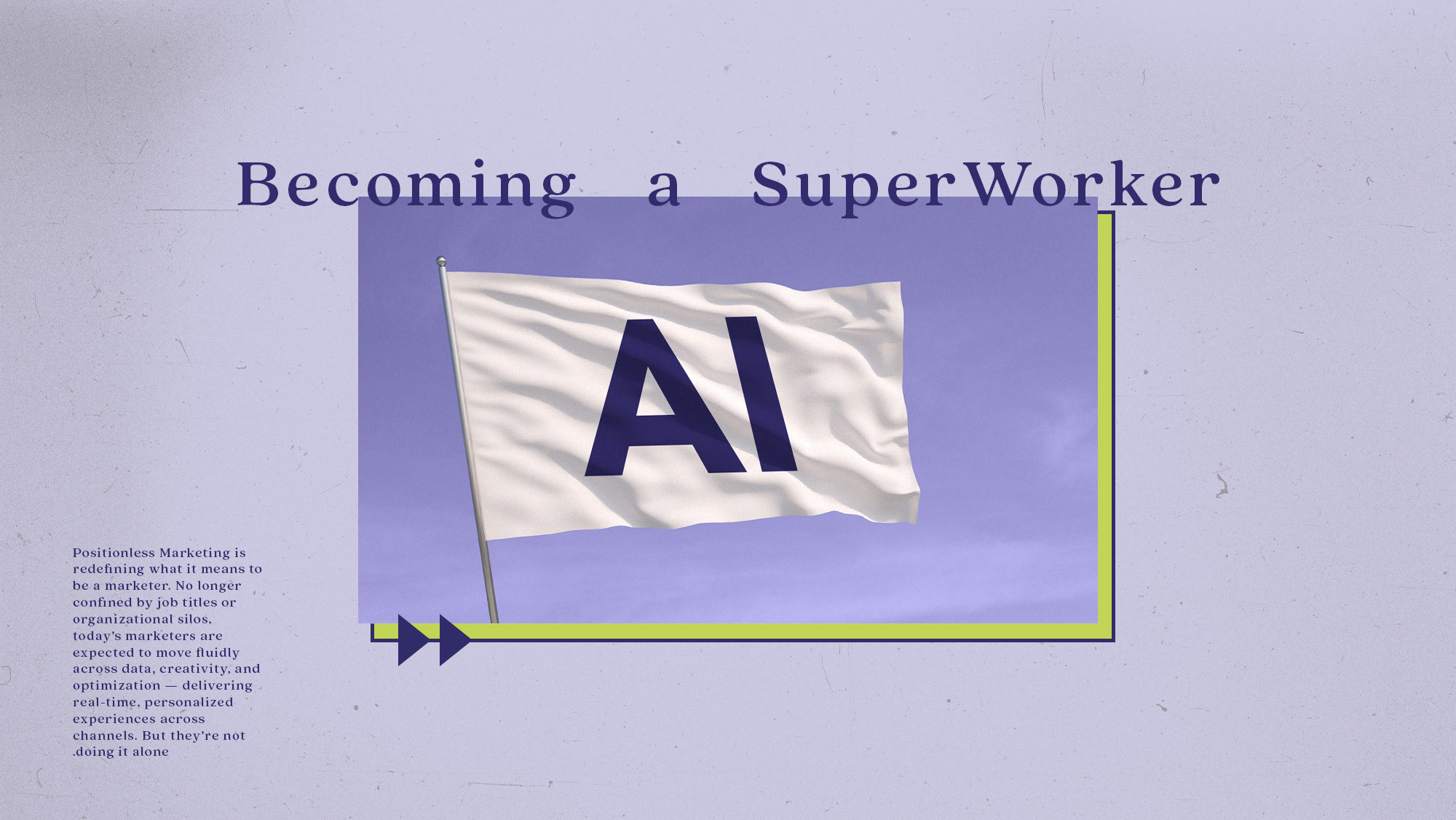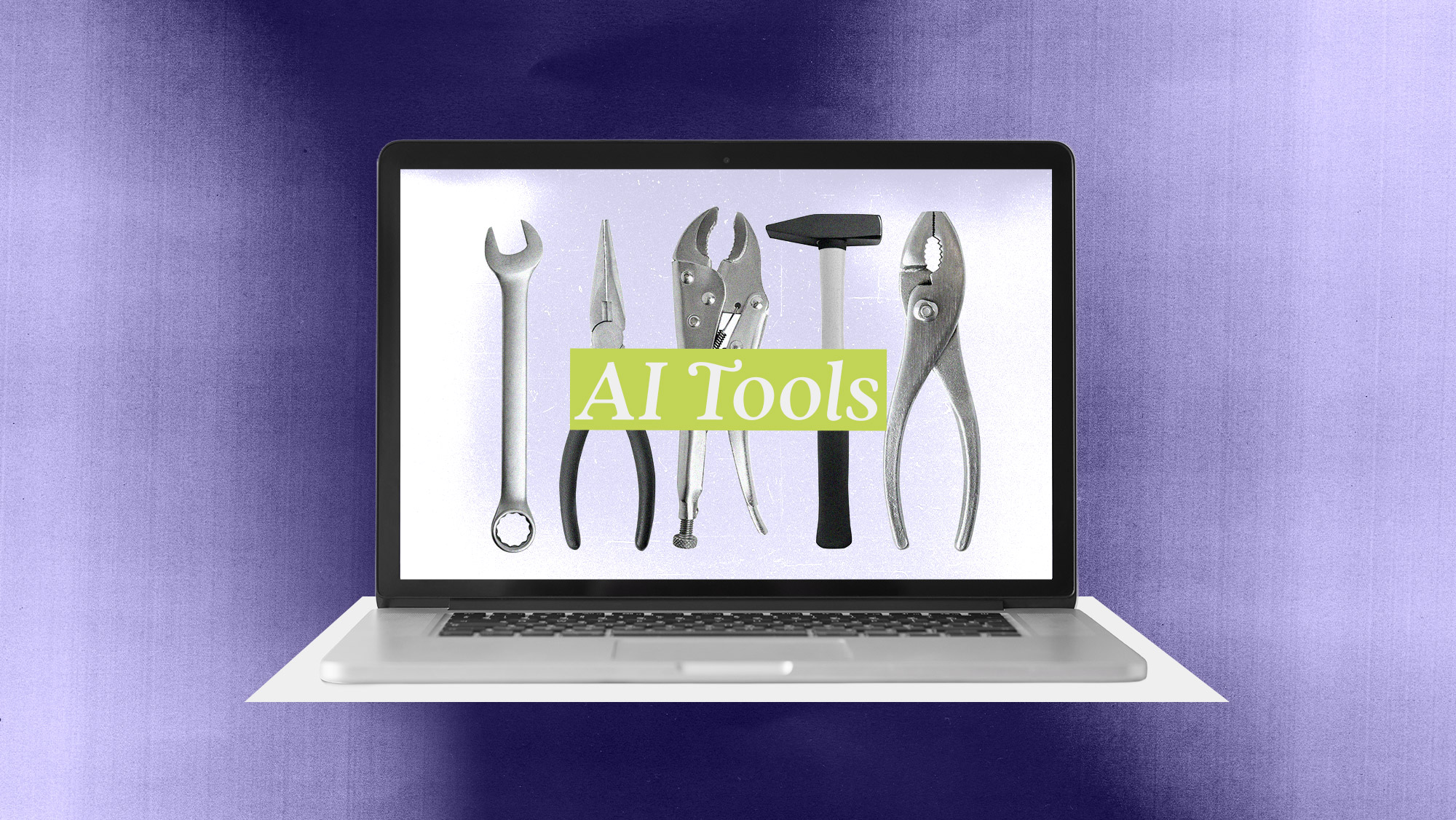
AI and the Retail Marketer’s Future
How AI transforms strategy and processes, driving the adoption of Positionless Marketing
Exclusive Forrester Report on AI in Marketing

1-to-1 personalization. It has been dubbed marketing's holy grail, the be all and end all of everything we do as marketers. However, perhaps as an industry we have been getting it wrong the all this time.
At a recent workshop held by Optimove, our amazing Director of Customer Success, Adi Markus, asked the audience how many customer segments they communicate with weekly. (If you want a copy of Adi’s presentation, let me know in the comments).
Someone raised his hand and said, "tens of thousands." He explained that each message his company sends has thousands of variations, allowing them to send the right variation to each unique customer.
Now, if you've been following us here at Optimove, you know we are big on personalization. We maintain that micro-segmentation is the key to personalization and better marketing results. But even we would never tell you to build tens of thousands of segments.
It’s more likely that this person wasn’t talking about segments but personalized messages, which most people equate with 1-to-1 personalization. And if you're familiar with Optimove, you'll also know we rarely use the term 1-to-1 personalization.
So why do we prefer not to mention the term 1-to-1 personalization? Because it’s actually the last piece of the personalization puzzle, and you can’t place the final piece without first laying a solid foundation.
Laying the foundation for true, multi-layered personalization requires a lot of work. To do it properly, marketers need to build three levels of personalization:
Audience personalization, also known as micro-segmentation. Customer Micro-Segmentation is a more advanced form of segmentation that groups small numbers of customers into extremely precise segments based on historical, transactional, demographical, and real-time behavioral data, allowing for highly personalized predictive analysis and marketing action optimization.
Channel personalization. Each micro-segment you build should be communicated with via the right channel/s: email, SMS, mobile push notifications, in-app messages, web push messages, etc.
Message personalization. The type of personalization that was mistaken for segments at Adi’s workshop mentioned above, personalization of "the edge."
When you think about it, it’s somewhat like building a three-story house. And when you think about it, the multiple levels are a bit like the different layers of good storytelling
We all know the “5 W's”, often used in journalism, refers to the six basic questions to ask when gathering information or solving a problem, the sixth being the H question, “How”.
“Who” (Who is the story about? Who is affected?); “What” (What has happened? What are the consequences?); “When” (When did it happen?); “Where” (Where is the story taking place?); Why (Why did this happen? Why is it important?) and “How” (How did this happen? How are people affected?)
Applying the “5 Ws” to content marketing is a logical step, where storytelling is the process of using narrative to connect with your audience. But at their core, the 5 Ws are questions whose answers are essential in every act of information-gathering. And in successful personalized marketing, the first thing you want to do is gather and analyze the right information
With that in mind, let’s see how the answers we need are revealed through the process of building our personalization structure.
The “why” (why is this important?) precedes this process and stands at the heart of the Optimove promise.
The “when” (when should you communicate with your customers?) is the right balance between real-time/triggered campaigns and scheduled campaigns.
As for the remaining questions:
The segmentation will tell you the "who." Each lifecycle stage has its own needs, each layer – its own behavior; each segment – its own prerogative. Knowing who your customers are is a “must” for sending relevant messages.
The channels will tell you the "where." Each micro-segment has its preferred communication channel. Identifying it will make your customers feel more understood.
The message will tell you the "what." Each customer within each segment has a slightly different desire. Catering to these desires will let your customers know you know them.
And then there is the “how” you bring it all together. Only once you have addressed these critical questions, gathered and analyzed the required information can you unlock true personalization – the kind that engages your customers, elicits the desired response and builds brand loyalty.
So, the next time people tell you their company practices 1-to-1 personalization, ask them if they put in the work and personalize across all three levels – or whether they just personalize “the edge.”
Exclusive Forrester Report on AI in Marketing
In this proprietary Forrester report, learn how global marketers use AI and Positionless Marketing to streamline workflows and increase relevance.


Rony Vexelman is Optimove’s VP of Marketing. Rony leads Optimove’s marketing strategy across regions and industries.
Previously, Rony was Optimove's Director of Product Marketing leading product releases, customer marketing efforts and analyst relations. Rony holds a BA in Business Administration and Sociology from Tel Aviv University and an MBA from UCLA Anderson School of Management.


